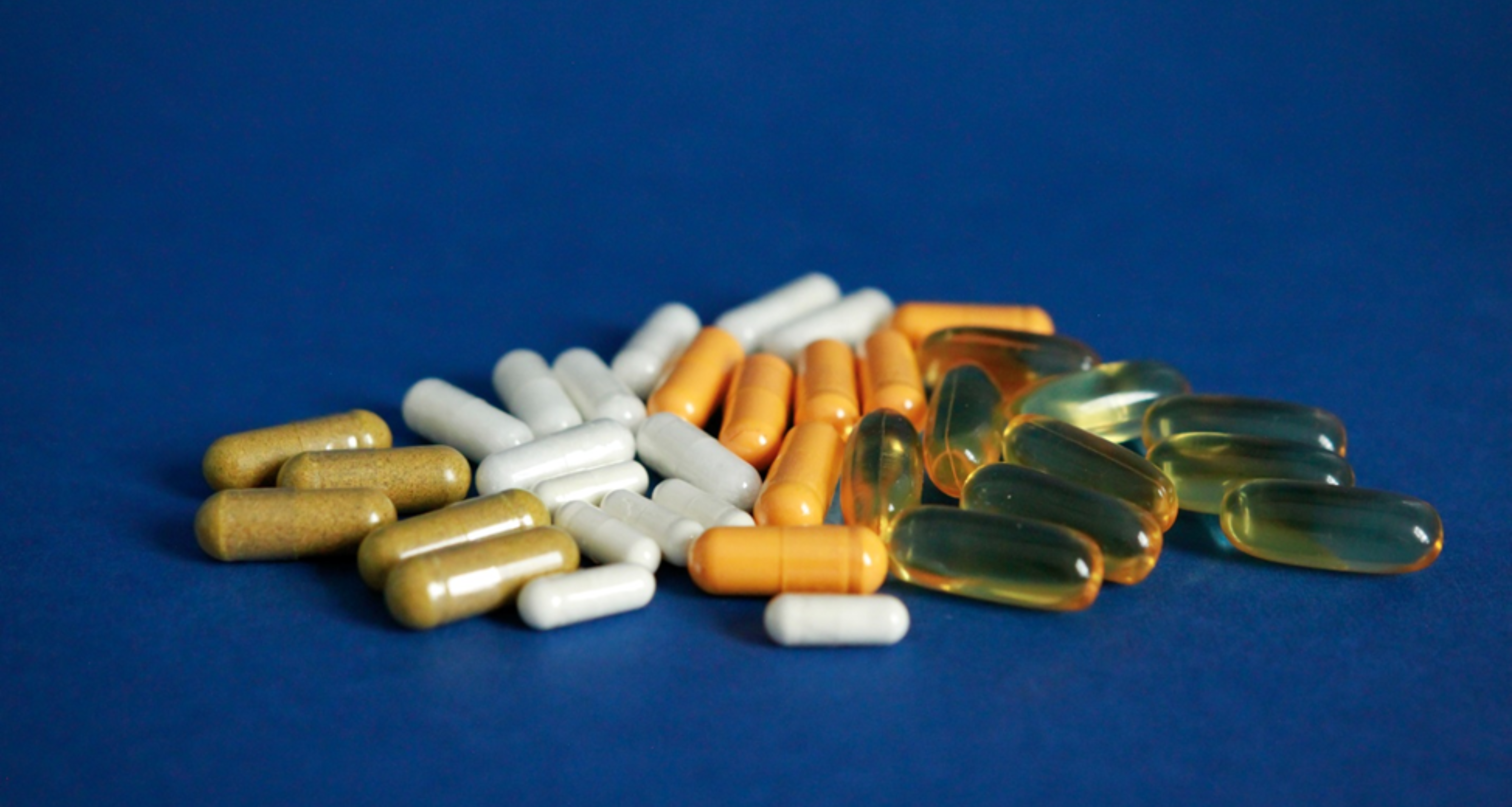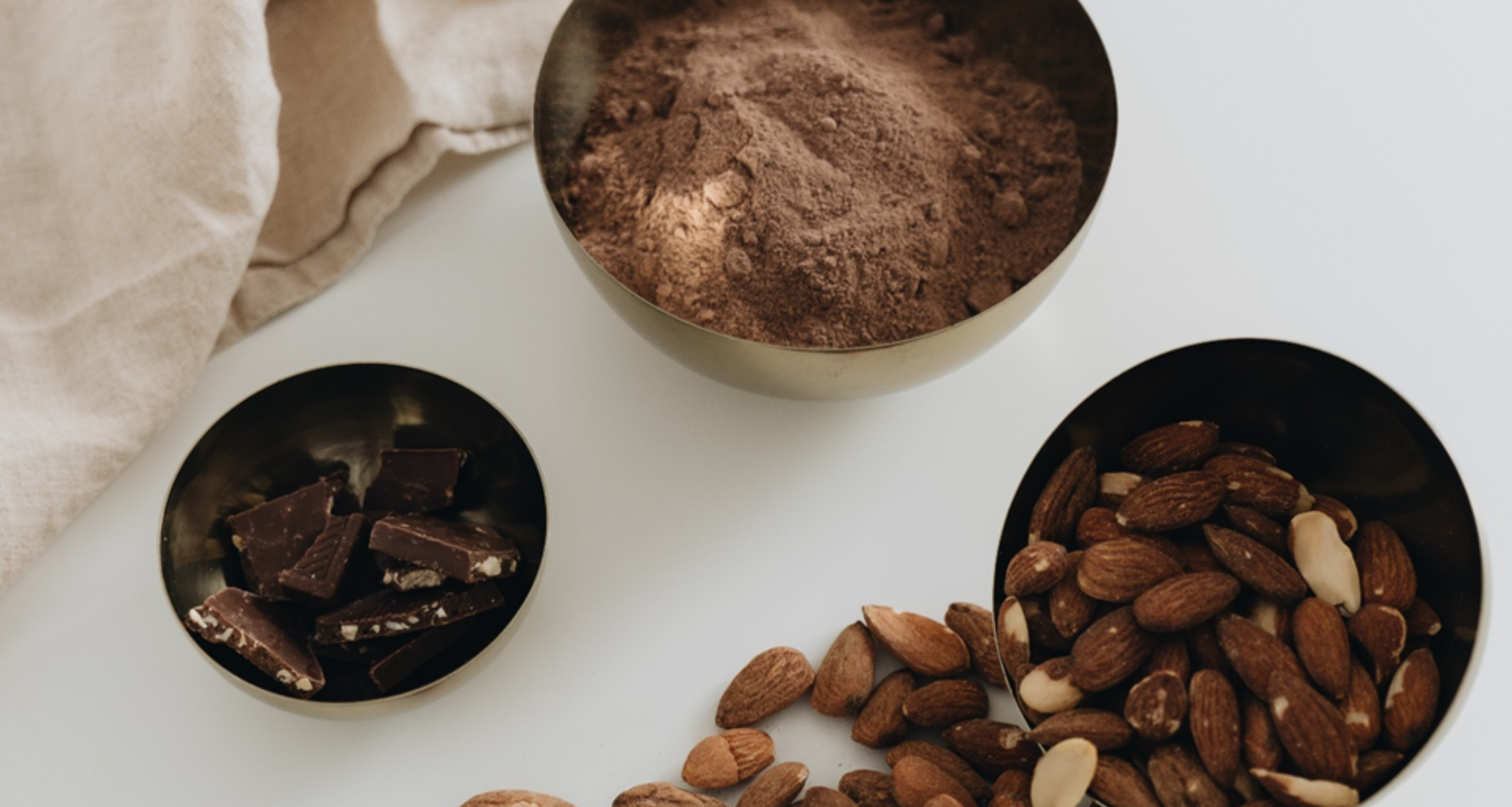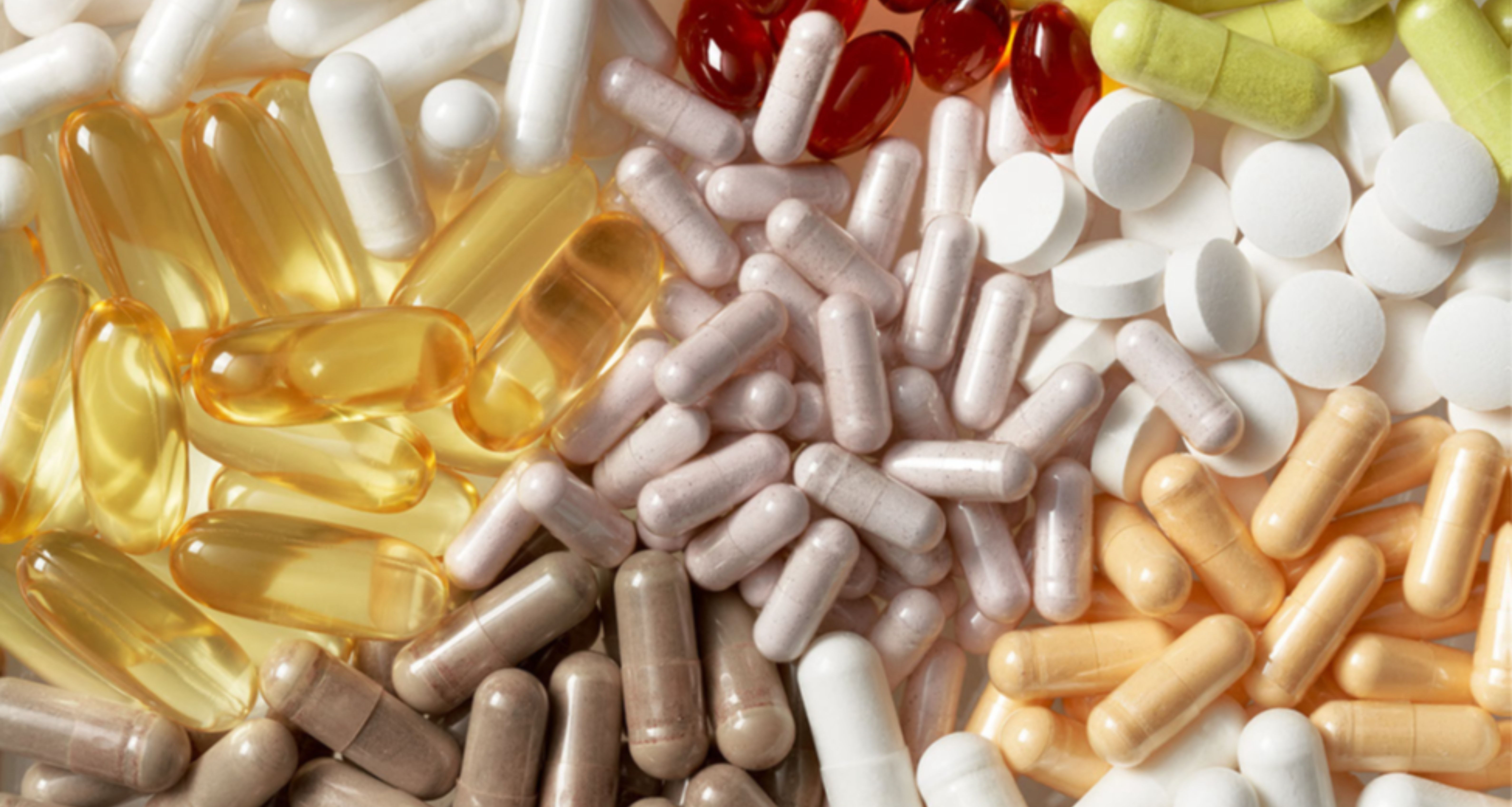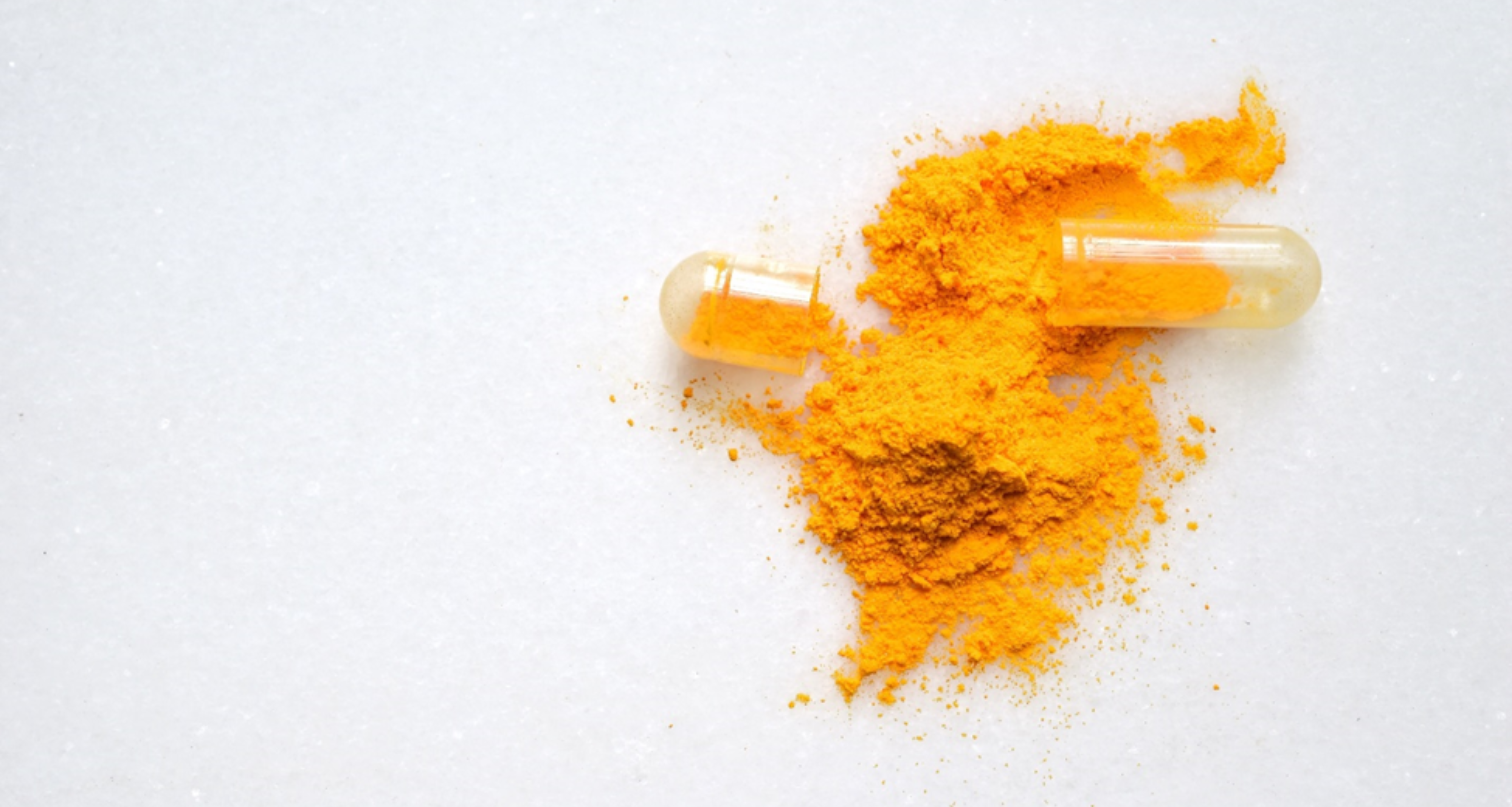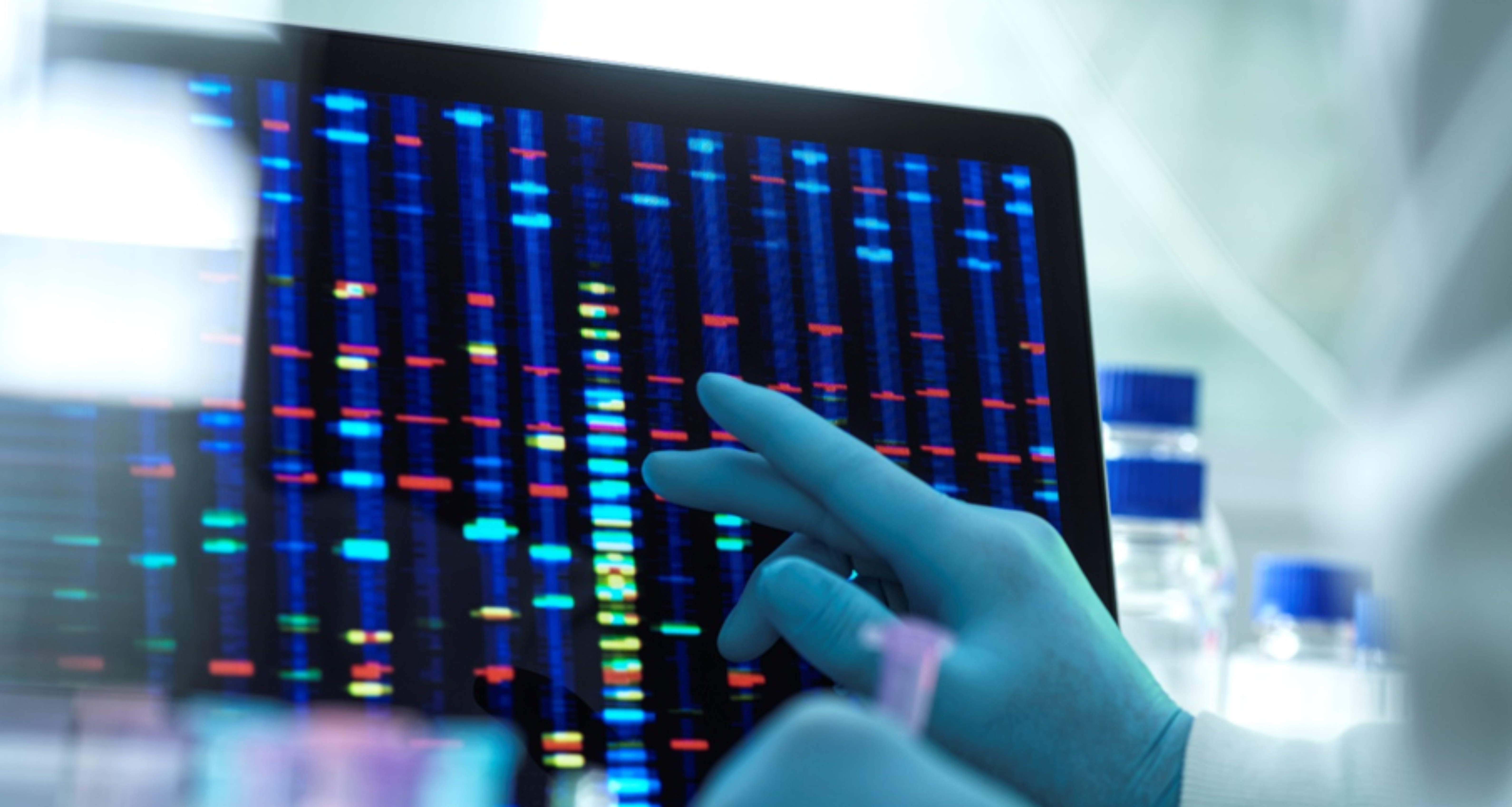Iron: An Essential Trace Element for Healthy Energy

There's no single nutrient responsible for energy production in the body. Macronutrients, vitamins, minerals, and trace elements work closely together to provide the ingredients your body needs for healthy energy support. You may be most familiar with carbohydrates or B vitamins and their role in energy production because they get the most attention, but iron is another essential energy-producing trace element that can't be ignored.
Iron supports healthy energy levels in several ways, including normal oxygen transport and red blood cell production.1 Iron levels can change, depending on how recently you consumed iron. The best assessment of one’s irons status is via a serum iron test which measures how much iron is in your blood.2 When iron stores are low, the body can't make enough healthy red blood cells to transport oxygen, impacting energy levels. You also need iron for energy metabolism, the process of creating energy.1
This article will explore the close relationship between iron and your energy levels and provide tips to help you get enough.
What is Iron?
Iron is an essential trace element, which means it's only required in small quantities but is still necessary for maintaining health and well-being. Many foods contain iron, but there are two distinct types:3
- Heme iron is found in animal sources, such as red meat, poultry, and fish
- Non-heme iron is found in plant sources, including beans, whole grains, and green leafy vegetables.
Non-heme iron is less bioavailable than heme iron, which means it's harder for your body to absorb and use. Compounds in plant foods can also interfere with absorption. For example, phytic acid, a compound in whole-grain products, can reduce iron absorption. Polyphenols, found in tea or red wine, can also inhibit absorption.2
This lower bioavailability doesn't mean non-heme iron isn't beneficial. It just means that people who don't include heme iron in their diet may need to pay special attention to their iron status. It's estimated that around 25% of dietary heme iron gets absorbed, and 17% of dietary non-heme iron gets absorbed.2

Iron and Energy Production
Iron's role in energy production is critical. It's a cofactor for energy production, plays a role in forming and maintaining normal red blood cells, and supports oxygen transport around your body.
Iron and Healthy Blood Formation
Iron plays a significant role in forming healthy red blood cells alongside several other essential nutrients, including vitamins B2, B6, folate, and B12. Together these micronutrients support healthy red blood cell formation and the maintenance of normal red blood cells.4
Hemoglobin, the protein that carries oxygen in red blood cells from your lungs to tissues throughout your body, requires iron to function properly. 5 Myoglobin, the protein that brings oxygen to muscles and connective tissue, also needs iron.6 As a result, if iron stores in the body are low, oxygen delivery to cells and tissues could be impacted, which can impact energy levels.
Iron is a Cofactor in Cellular Energy Production
Iron is also a critical cofactor for enzymes involved in energy metabolism, including adenosine triphosphate (ATP). 7 8 ATP, generated inside the mitochondria as part of cellular respiration, is used to fuel all activities in the body.
Low levels of iron can cause a decrease in ATP production, leading to fatigue. 3 Even if iron levels aren't clinically low, it's possible to have less than optimal levels that may contribute to feeling tired. 9
A randomized control study examining healthy premenopausal women found that those with lower iron levels (but not clinically below normal) who took iron supplements noted a more significant reduction in fatigue scores than those who didn't. 10 Similar results were found in a study on women with fatigue and low iron stores (but not clinically low) who noted improved energy scores after taking iron supplements. 11
Iron, Energy, and Physical Activity
Studies suggest that low iron status contributes to alterations in whole-body metabolism and energy production in otherwise healthy people during exercise.12 This alteration means lower than normal iron levels may impact energy levels when engaging in physical activity.
On the other hand, one study found that women with borderline iron levels who took iron supplements saw small but significant improvements in VO2 max (a measurement of oxygen utilization that represents aerobic fitness) compared to placebo.13
Less than optimal oxygen delivery to the muscles can adversely impact athletic performance.14 A study on healthy athletes found that four weeks of iron supplementation supported healthy energy after exercise compared to those who didn't take the iron supplement.13

What Are Iron's Other Essential Functions?
Energy production and oxygen utilization are significant, but iron also plays a role in other essential functions in your body, including:
- Healthy brain development during pregnancy.14
- Healthy cognitive development in children ages 3 to 18 years old.15
- Adult cognitive function.15
- Normal immune function.16
How To Support Iron Absorption and Transport
You can support your body's ability to absorb, utilize, and transport iron in several ways.
Focus on Heme Iron Intake
As you learned above, heme iron is the most readily absorbed form of iron. Both types of iron are absorbed in your small intestine, but non-heme iron has to go through more steps for absorption.2 If you don't follow a vegan or vegetarian diet, even small amounts of animal protein could help you absorb more iron.
Studies suggest pairing animal products with non-heme iron could also help increase absorption. 17 A peptide called MFP factor found in meat, fish, and poultry improves vegetarian iron absorption.2 It's still possible to meet iron needs if you only eat plant-based foods, but it may require more careful planning, and sometimes supplementation is necessary.
Pair Iron-Rich Food or Supplements with Vitamin C
Ascorbic acid (vitamin C) increases the absorption of non-heme iron into the bloodstream. 18 It helps convert iron to a form easier for your body to absorb. Vitamin C also helps transfer iron to a molecule called transferrin that transports iron in the cells. 19
Food sources of vitamin C like citrus, strawberries, dark leafy greens, and bell peppers can help facilitate iron absorption from both heme or non-heme iron, or supplemental forms of vitamin C can also help.2
Time Iron Intake Away From Calcium
Calcium inhibits iron absorption, although the exact reason why is not fully understood. 20 Studies have even found that drinking an iron-fortified milk product did not increase iron levels, likely due to the inhibitory effect of calcium.20
Calcium-containing foods include dairy products like milk, yogurt, and cheese or fortified alternatives like almond or oat milk. Other calcium sources include edamame, tofu, kale, turnip greens, and broccoli. If you take calcium and iron supplements, try to take them at different times of the day.
Ensure Adequate Intake of Iron Supportive-Nutrients
Vitamin B2 (riboflavin), Vitamin A, and copper are all needed for normal iron metabolism.21 22 23 You can find vitamin B2 in many foods, but dairy products, liver, and lean meats are especially high.
Vitamin A is found in eggs, liver, bright orange or red foods like sweet potato or carrots, and leafy greens like spinach and kale. Copper is found in shellfish, organ meats, nuts, and seeds. Supplemental forms of these nutrients taken in combination with iron can also be supportive.
Iron and Energy: A Dynamic Duo for Your Health
Iron is a critical nutrient for energy, but it's also important to note that too much iron can adversely impact your health. Iron needs also change throughout your lifespan depending on age, gender assigned at birth, and health status, so understanding your current iron status is important.
If you are concerned about your iron levels, consider working with a qualified healthcare practitioner who can help you identify any gaps in your diet and whether supplementation may benefit you.
Caitlin Beale, MS, RDN is a registered dietitian and freelance health writer. She has a master's degree in nutrition and over ten years of experience as a registered dietitian.
+The views expressed in this article are those of the authors. They do not reflect the opinions or views of Pure Encapsulations®.
1 Barney J, Moosavi L. Iron. In: StatPearls. Treasure Island (FL): StatPearls Publishing; July 11, 2022.
2 Pfeiffer CM, Looker AC. Laboratory methodologies for indicators of iron status: strengths, limitations, and analytical challenges. Am J Clin Nutr. 2017 Dec;106(Suppl 6):1606S-1614S. doi: 10.3945/ajcn.117.155887. Epub 2017 Oct 25. PMID: 29070545; PMCID: PMC5701713.
3 Moustarah F, Daley SF. Dietary Iron. In: StatPearls. Treasure Island (FL): StatPearls Publishing; October 22, 2022.
4 Abbaspour N, Hurrell R, Kelishadi R. Review on iron and its importance for human health. J Res Med Sci. 2014;19(2):164-174.
5 Gozzelino R, Arosio P.. Int J Mol Sci. 2016;17(1):130. Published 2016 Jan 20. doi:10.3390/ijms17010130
6 Vanek T, Kohli A. Biochemistry, Myoglobin. In: StatPearls. Treasure Island (FL): StatPearls Publishing; July 18, 2022.
7 Puig S, Ramos-Alonso L, Romero AM, Martínez-Pastor MT. The elemental role of iron in DNA synthesis and repair. Metallomics. 2017;9(11):1483-1500. doi:10.1039/c7mt00116a
8 Kim SL, Shin S, Yang SJ. Clin Nutr Res. 2022;11(4):316-330. Published 2022 Oct 27. doi:10.7762/cnr.2022.11.4.316
9 Al-Naseem A, Sallam A, Choudhury S, Thachil J. Clin Med (Lond). 2021;21(2):107-113. doi:10.7861/clinmed.2020-0582
10 Vaucher P, Druais PL, Waldvogel S, Favrat B. Effect of iron supplementation on fatigue in nonanemic menstruating women with low ferritin: a randomized controlled trial. CMAJ. 2012;184(11):1247-1254. doi:10.1503/cmaj.110950
11 Verdon F, Burnand B, Stubi CL, et al.. BMJ. 2003;326(7399):1124. doi:10.1136/bmj.326.7399.1124
12 Frise MC, Holdsworth DA, Johnson AW, et al. Sci Rep. 2022;12(1):998. Published 2022 Jan 19. doi:10.1038/s41598-021-03968-4
13 Brownlie T 4th, Utermohlen V, Hinton PS, Giordano C, Haas JD.. Am J Clin Nutr. 2002;75(4):734-742. doi:10.1093/ajcn/75.4.734 14 Jáuregui-Lobera I.. Neuropsychiatr Dis Treat. 2014;10:2087-2095. Published 2014 Nov 10. doi:10.2147/NDT.S72491
14 McKay AKA, Pyne DB, Burke LM, Peeling P. Iron Metabolism: Interactions with Energy and Carbohydrate Availability. Nutrients. 2020;12(12):3692. Published 2020 Nov 30. doi:10.3390/nu12123692
15 EFSA Panel on Dietetic Products, Nutrition and Allergies (NDA); Scientific Opinion on the substantiation of a health claim related to Iron and necessary for the cognitive development of children pursuant to Article 14 of Regulation (EC) No 1924/2006. EFSA Journal 2009; 7(11):1360. [9 pp.]. doi:10.2903/j.efsa.2009.1360.
16 Beard JL. Iron biology in immune function, muscle metabolism and neuronal functioning. J Nutr. 2001;131(2S-2):568S-580S. doi:10.1093/jn/131.2.568S
17 Hurrell R, Egli I. Iron bioavailability and dietary reference values. Am J Clin Nutr. 2010;91(5):1461S-1467S. doi:10.3945/ajcn.2010.28674F
18 Atanassova BD, Tzatchev KN. Ascorbic acid--important for iron metabolism. Folia Med (Plovdiv). 2008;50(4):11-16.
19 Ems T, St Lucia K, Huecker MR. Biochemistry, Iron Absorption. In: StatPearls. Treasure Island (FL): StatPearls Publishing; April 21, 2022.
20 Piskin E, Cianciosi D, Gulec S, Tomas M, Capanoglu E. Iron Absorption: Factors, Limitations, and Improvement Methods. ACS Omega. 2022;7(24):20441-20456. Published 2022 Jun 10. doi:10.1021/acsomega.2c01833
21 Aljaadi AM, Devlin AM, Green TJ.. Nutr Rev. 2022;81(1):114-132. doi:10.1093/nutrit/nuac043
22 Gamble MV, Palafox NA, Dancheck B, Ricks MO, Briand K, Semba RD. Eur J Clin Nutr. 2004;58(10):1396-1401. doi:10.1038/sj.ejcn.1601982
23 Collins JF, Prohaska JR, Knutson MD. Metabolic crossroads of iron and copper. Nutr Rev. 2010;68(3):133-147. doi:10.1111/j.1753-4887.2010.00271.x











